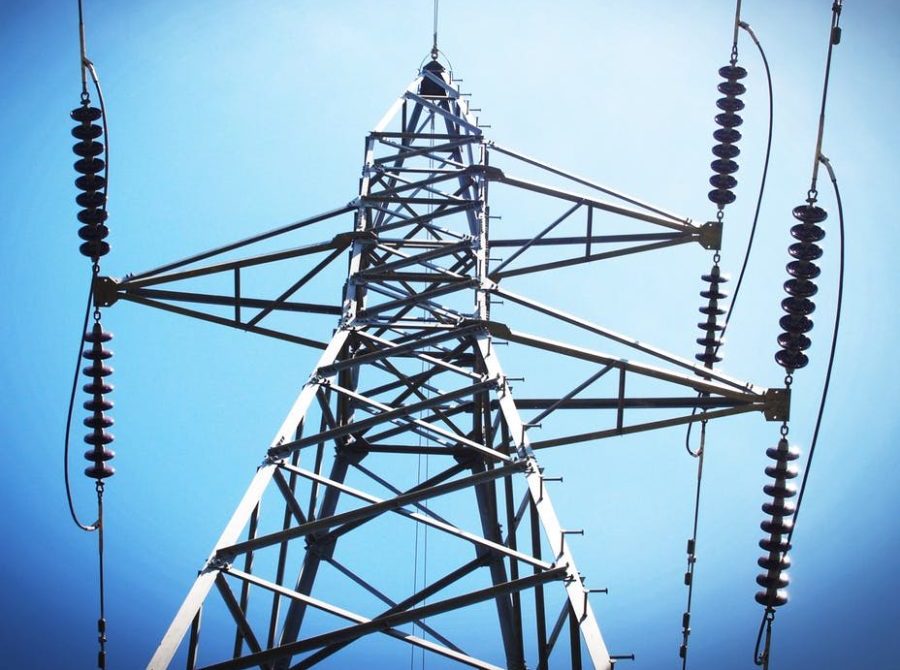Erabor Okogun, Head of Energy Infrastructure Advisory at KPMG Nigeria, has said that integrating wind and solar will make Nigeria’s national grid stronger and able to withstand collapses.
He said this while addressing the possibility of developing wind power in Nigeria during a webinar on the electricity sector organized by Nextier Power in Abuja on Wednesday, July 26.
According to him, the three factors to consider when looking at developing a wind power project in the country, are:
- Grid location
- Yield capacity
- Demand meeting supply
He said the wind speed and wind direction will determine investment decisions. He also noted that a wind study should be done in the potential location.
According to him, wind studies take 12 months to be conducted because the wind capacity must be studied all through the year.
He stated further that the average need for wind capacity to be developed in an area is 3.5 meters per second, noting that there is nowhere in Nigeria that does not have wind speed at 3.5 meters per second.
After conducting a successful wind study, Okogun noted that a plan to integrate solar and wind projects will require a simulation with the grid.
He noted that states in the Northern part of the country have the best yield, so, establishing wind power projects in the Northern part of the country will help stabilize the national grid.
This is because the Southern part of the country is mostly occupied by gas-thermal power plants while there are none in the North. He stated further that when this happens, it will increase the dispatch of gas-thermal-fired power production.
He said:
- “When you have a near-grid collapse, the system operator tells the hydropower plants and thermal plants to ram down because of voltage issues. But once we are able to do the right studies and situate renewable energy in certain parts of the country, we will actually have a stronger grid.”
Nigeria needs more solar and wind power capacity
Okogun said that in Nigeria there have been some policies enacted to encourage growth in the use of renewable energy sources in Nigeria like the plan to have 30% of the country’s power sector come from renewables by 2030. He also said that from a regulatory perspective, there have been some developments to encourage such growth.
Prior to 2017, the Transmission Company of Nigeria (TCN) was not allowed to dispatch solar or wind, but the grid code now allows it. Okogun also noted that the actual contribution of solar and wind is almost zero, with hydropower and gas-thermal plants making the most contribution.
He said that in the Nigerian power sector, there are hardly notable solar and wind projects, except the 10-megawatt (MW) Kumbotso solar grid-connected project in Kano that was commissioned by President Buhari in February 2023.
According to him, the Kumbotso project was backed by an energy demand study which showed that there was a 30 MW self-generation in the cluster at twice the cost of solar. He also said that the country has a lot of headroom to increase solar and wind capacity, however, the growth has been slow because of the belief that solar and wind power are too expensive and the electricity market would not support greenfield projects.
He said:
- “But I think that over time, through the Electricity Act, the Central Bank of Nigeria waterfall payments, the increase in service-based tariffs (SBTs), we will see almost a perfect scenario that brings more utility-scale projects to the table.”























Excellent piece! Fantastic quotes.